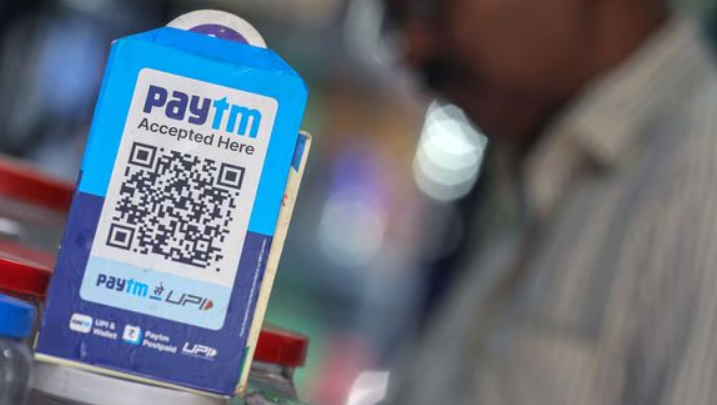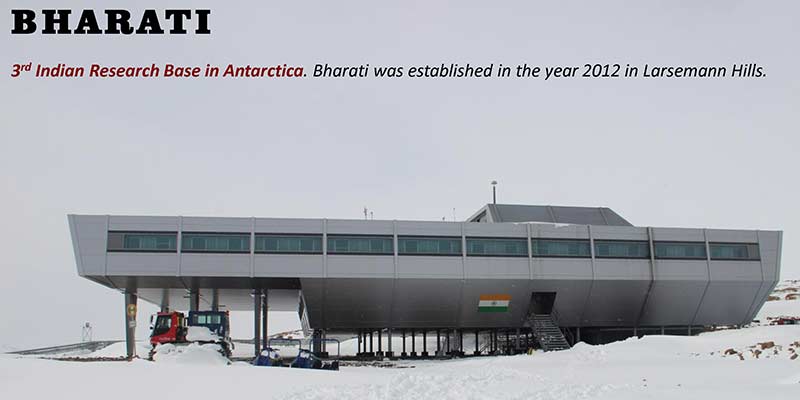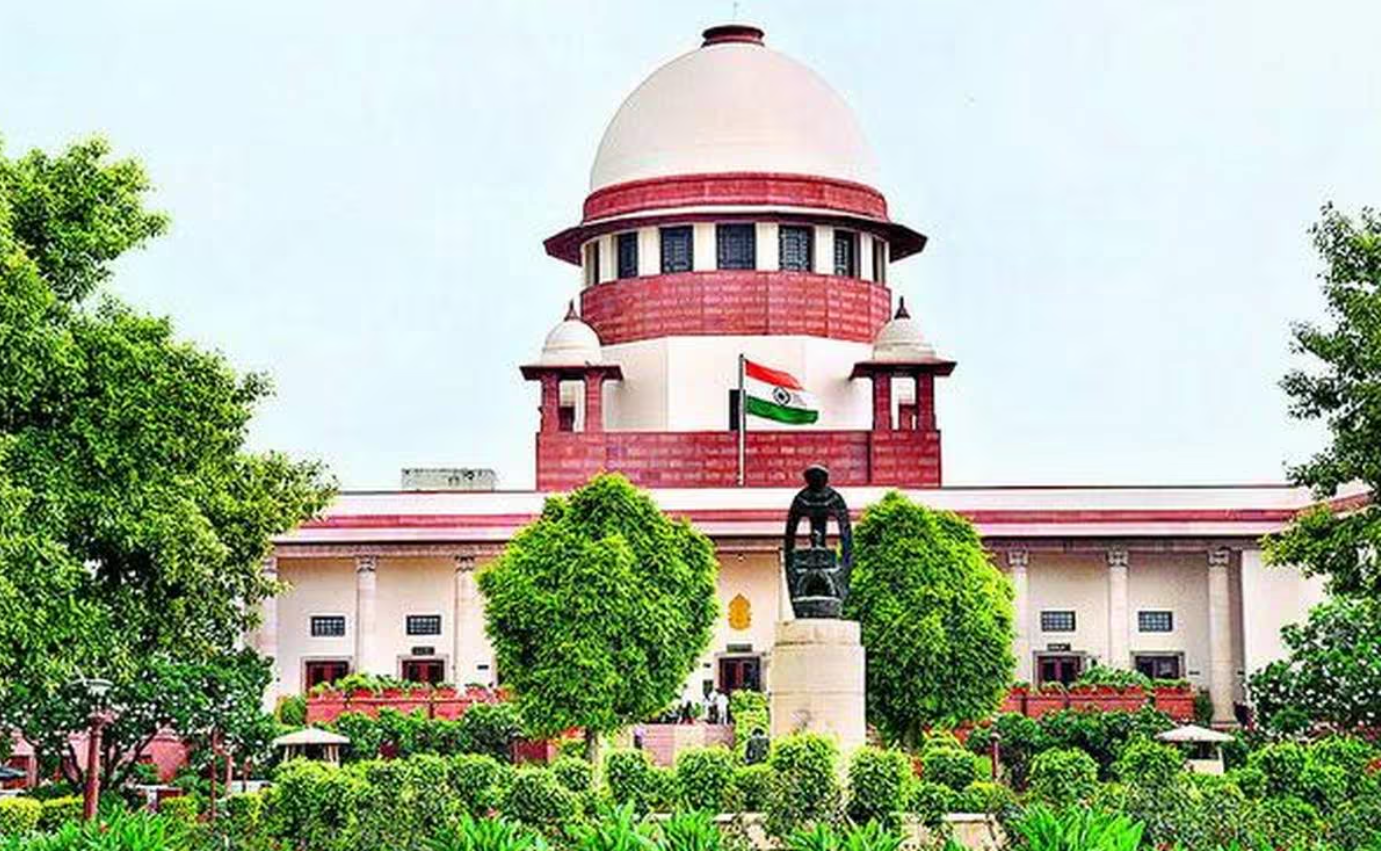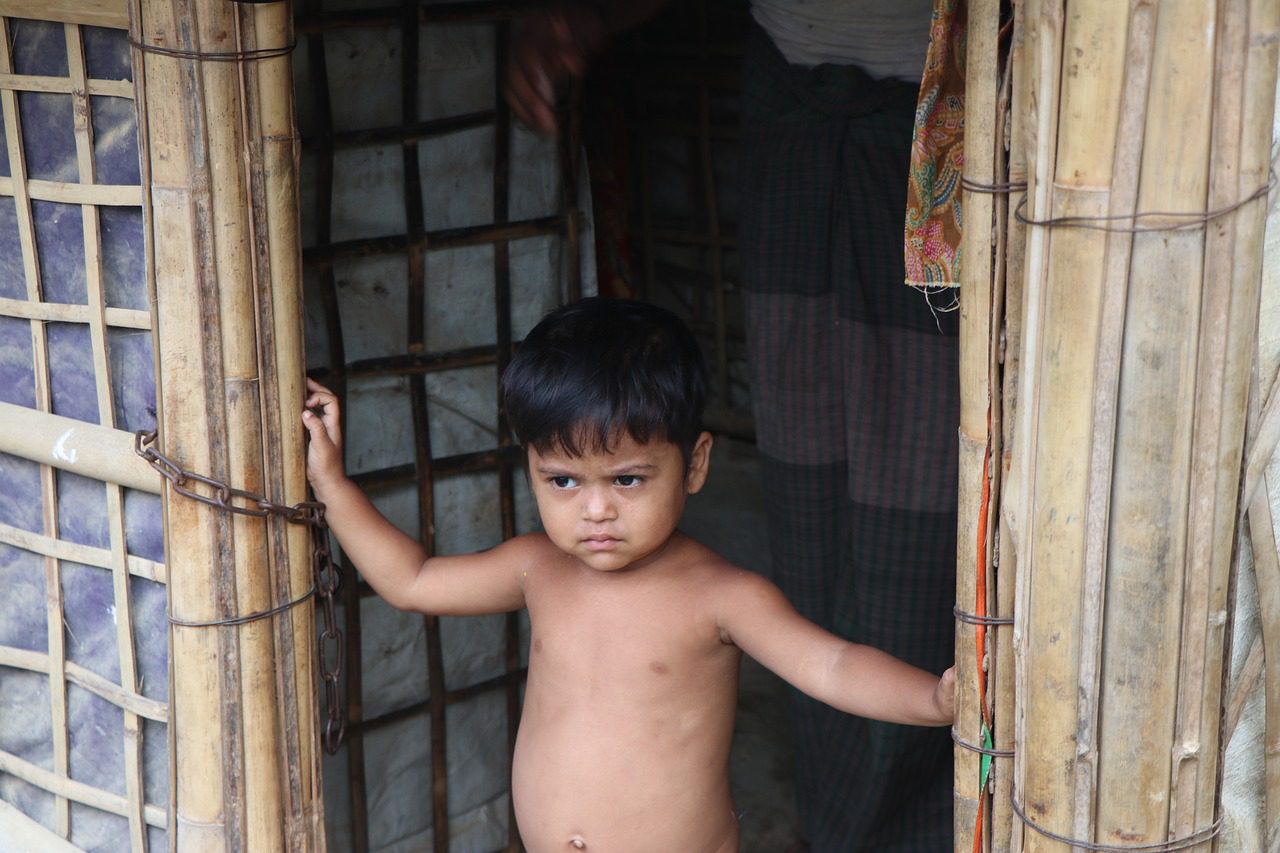Water shortage: SC refuses to hear DJB plea
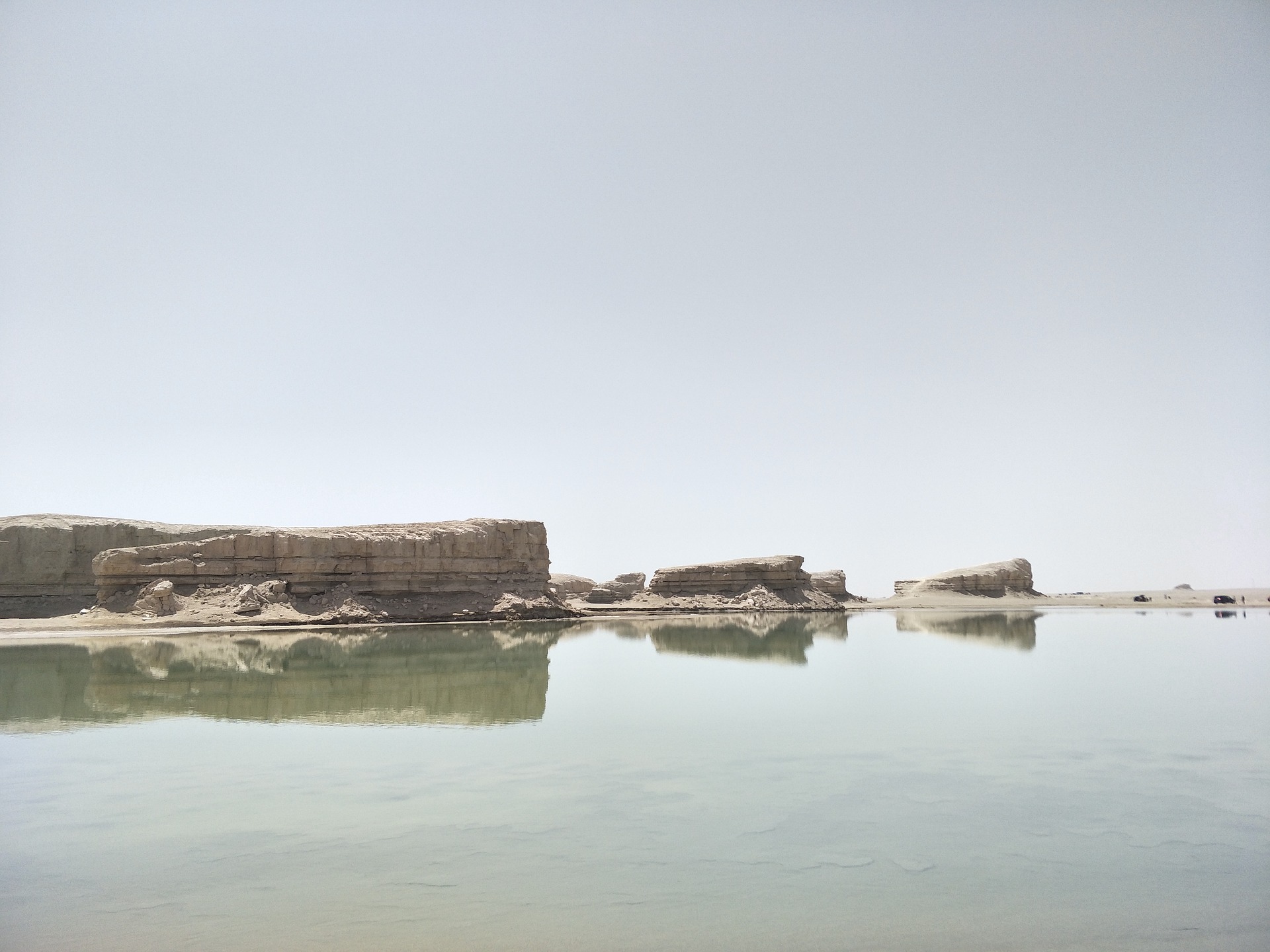
Background:-
- SC refuses to hear DJB plea, Delhi is a riparian state of the River Yamuna which is the only river flowing through the NCT of Delhi. This river constitutes the primary source of water supply to NCT Delhi.
- The water is abstracted from the river at Tajewala Barrage through Western Yamuna Canal traversing Haryana and is supplied to Delhi through the Delhi Tail Distributary at Haiderpur and Chnadrawal (Water Treatment Plants)WTPs.
- In addition the river water is abstracted at Wazirabad Barrage within the NCT for Wazirabad WTP.
- Severally, the NCT also accesses water from the Ganga river and Indus Basin: In view of water scarcity and competing demands, the basin states viz. Uttar Pradesh Haryana, Rajasthan, Himachal Pradesh and National Capital Territory of Delhi had concluded an agreement (on 12th May, 1994) regarding allocation of surface flow of Yamuna on the basis of mean year availability upto Okhla.
- Among the basin states Delhi has been allocated 0.724 BCM of water resources of river Yamuna annually. According to the agreement the states have agreed that a minimum flow shall be maintained downstream of Tajewala as well as downstream of Okhla headworks throughout the year from the viewpoint of ecological considerations.
- In recent years Punjab has abrogated its water sharing treaties with other states on the grounds that the water flows in the rivers have declined below the level prevalent when the treaties were signed.
Linkage:-
- DJB has claimed that Haryana government has reduced the supply of raw water to Delhi, resulting in shortage of water supply in the national capital.
- Delhi Jal Board chairman Raghav Chadha in a statement issued earlier this month, had said that the regular fall in the level of Yamuna, especially during summers, along with the discharge of pollutants that cause rise in ammonia levels, is a matter of grave concern.
- The normal level of the Yamuna near Wazirabad Pond should be 674.50 feet but it has dropped to 670.90 feet. The drastic fall in the water level at Wazirabad pond has affected water production at Wazirabad, Okhla and Chandrawal water treatment plants which supply drinking water to central, north, west and south Delhi.
- The Haryana government said in a letter to Delhi Chief Minister Arvind Kejriwal that the state will no longer provide water to the national capital because he sided with Punjab in a dispute over a water canal.
- Haryana Irrigation Minister Om Prakash Dhankar said that Kejriwal had “stood against the interests of the farmers and people” of the state by opposing the construction of the Sutlej-Yamuna Link canal in Punjab “for political reasons and even said that Delhi needs to build their own canal for Delhi’s water supply as Punjab does not have enough water to share with other states.
- The Supreme Court had stopped Punjab from returning nearly 4,000 acres of land which was allocated for the Sutlej-Yamuna Canal to farmers.
Current scenario:-
- Delhi water treatment plants are equipped to treat water that has up to 1 ppm ammonia, after which the water becomes untreatable. DJB had said that Delhi is facing a potential severe water crisis due to high ammonia levels in the Yamuna and the continuously depleting water level at Wazirabad barrage, which supplies drinking water to the Wazirabad, Okhla, and Chandrawal water treatment plants.
- At present, Delhi receives 479 million gallons of water a day against 609 MGD from Haryana. Besides, Delhi draws 90 MGD groundwater and receives 250 MGD from the Upper Ganga Canal.
- The normal level of the Yamuna near Wazirabad Pond should be 674.50 feet but it has dropped to 670.90 feet. The drastic fall in the water level at Wazirabad pond has affected water production at Wazirabad, Okhla, and Chandrawal water treatment plants which supply drinking water to central, north, west, and south Delhi.
- As per the DJB, currently, Haryana through the CLC canal is supplying only 549.16 cusecs against 683 cusecs, and Delhi Sub-Branch canal is supplying 306.63 cusecs against 330 cusecs.
- The treatment capacity at Wazirabad and Chandrawal water treatment plants has dipped by 30 percent. The Supreme Court has refused to entertain the Delhi Jal Board’s (DJB) plea about the shortage of water supply from Haryana and Punjab but has given liberty to approach Upper Yamuna River Board and make representations relating to the allocation of the release of water.
Impact:-
- Forty percent of Delhi’s daily water production comes from the Yamuna via Haryana, but currently, the water that is coming is high in ammonia content, making it untreatable. Ammonia is a highly water-soluble compound and is also used in the treatment of drinking water. Contact with high levels of ammonia, however, can cause serious health problems.
- Pollution-free water is a fundamental right. Reports have now found that ammonia levels have surged to dangerous levels in the Yamuna River’s water, which is the primary water source for the city situated on the banks of the river.
- Side effects of excess ammonia are Dizziness, Fever, Cough, Chest pain, Nausea, Vomiting, Severe stomach pain, Difficulty breathing, Lip swelling, Tearing and burning of eyes, Throat pain, Temporary blindness, Collapse and shock Rapid, weak pulse, Confusion, Restlessness Lack of coordination, Difficulty walking are the side effects.
If chief minister Arvind Kejriwal would have maintained good relations with Haryana government the situation would have not been this bad now this is affecting the delhi people and even because of the COVID-19 the situation of delhi is not good and this water crisis will affect them badly DJB should immediately approach upper Yamuna river board to resolve the issue as the water is the basic need and if there is shortage of water then it will be tough to handle the situation.
Content Contributed by Viraj Shetty

